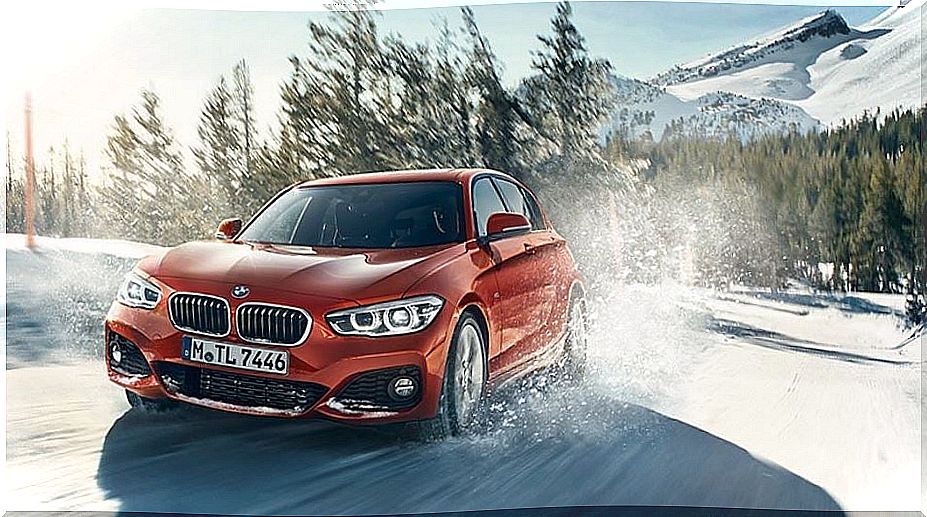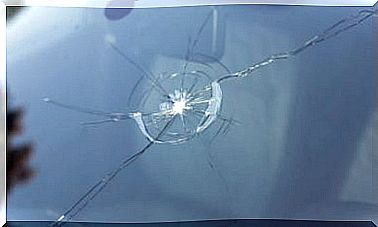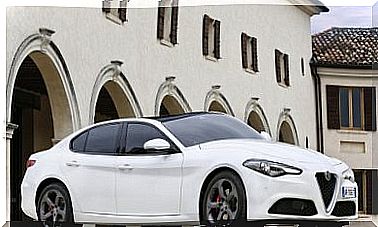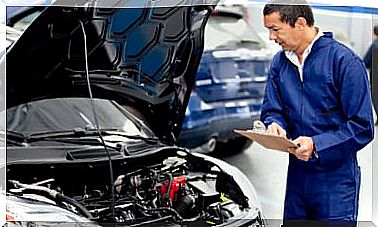BMW XDrive

BMW is one of the historic brands most desired by buyers, its experience and well-deserved reputation have a lot to do with it. During the last years it has introduced great innovations and improvements in its cars, so today we are going to focus on the BMW xDrive, through which it controls the vehicle’s traction system.
Differences between xDrive and sDrive
The statistics do not lie, one in three BMWs sold in the world has four-wheel drive.
A few years ago BMW announced the application of its innovative all-wheel drive system called xDrive, it was a revolution.
The xDrive is an all-wheel drive system designed by BMW, its main function is to regulate the braking intensity to have better control of the car on curves and slippery asphalt.
On the other hand, the sDrive system is nothing more than an adaptation of the xDrive installed in the vehicles of the series 1,3,5 and 7 of the Bavarian brand. It differs from the previous one in that this technology also works in rear-wheel drive vehicles.

Its objective is to guarantee the maximum degree of adherence and safety in those vehicles that have a rear-wheel drive system in difficult conditions. However, some of the vehicles in the sDrive series combine both systems.
A strength that BMW knows how to take advantage of
But let’s not deviate from the technology that has brought us here, the BMW xDrive traction system is classified as one of the fastest and most efficient systems in the world, something that obviously BMW is knowing how to take advantage of and therefore most of its Cars already have this all-wheel drive system.
One of the keys to its operation is the variable torque between the two axles, this makes the software that controls the part of the traction system capable of analyzing the vehicle’s traction needs in every tenth of a second to reduce power. of the axles in case the ABS system detects slipping on the wheels.
As we have said, the xDrive system selects the type of traction required at that specific moment, a 2 × 4 rear or 4 × 4 total, with a total traction of 40% front 60% rear power distribution.

On the other hand, the xDrive system takes some of the work out of the DSC, as the vehicle dynamically pulls better in low grip conditions with the 4 × 4 configuration. Thus, it can allow some slip on the wheels without completely blocking them, something that happens with the ABS and DSC systems when they detect some type of lack of traction in the vehicle.
Result of the experience
The first time that BMW used the Xdrive system was in 2003, when it debuted the BMW X3 and the BMW 3 series. Already at that time the four-wheel drive system was a novelty and a great technological leap in relation to the first 4WD systems that the brand used in the 80s.
This system adjusts the traction on each surface optimally, focusing primarily on improving agility, efficiency and stability.
More and more BMW models incorporate the xDrive, either as standard or as an option, and it stops us less. Unlike previous BMW all-wheel drive systems, the xDrive system incorporates an electronically controlled multi-plate clutch. This distributes the force instantly between the front and rear axles, depending on what is required at all times.
The system immediately recognizes the need to change the force distribution and responds extremely quickly, avoiding any wheel skid. The result is a marked increase in driving safety, stability and traction, especially on winding roads.
BMW takes the smart adjective seriously: the driver has the benefits of four-wheel drive only when they really need it.
In other words, BMW’s all-wheel drive system avoids the disadvantages of conventional systems, making the xDrive versions as agile and dynamic on a day-to-day basis as rear-wheel drive BMWs.









